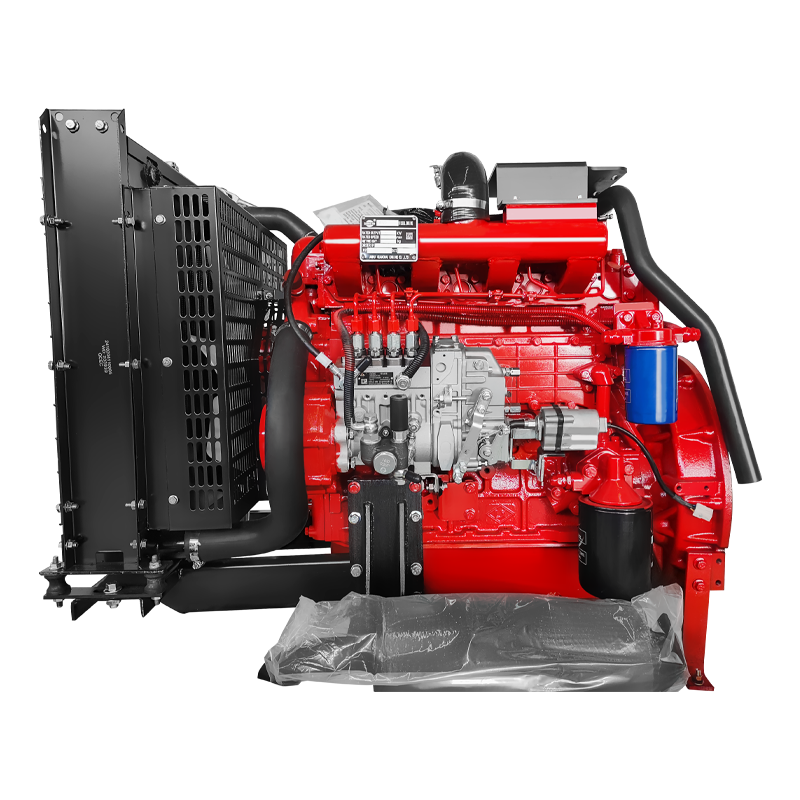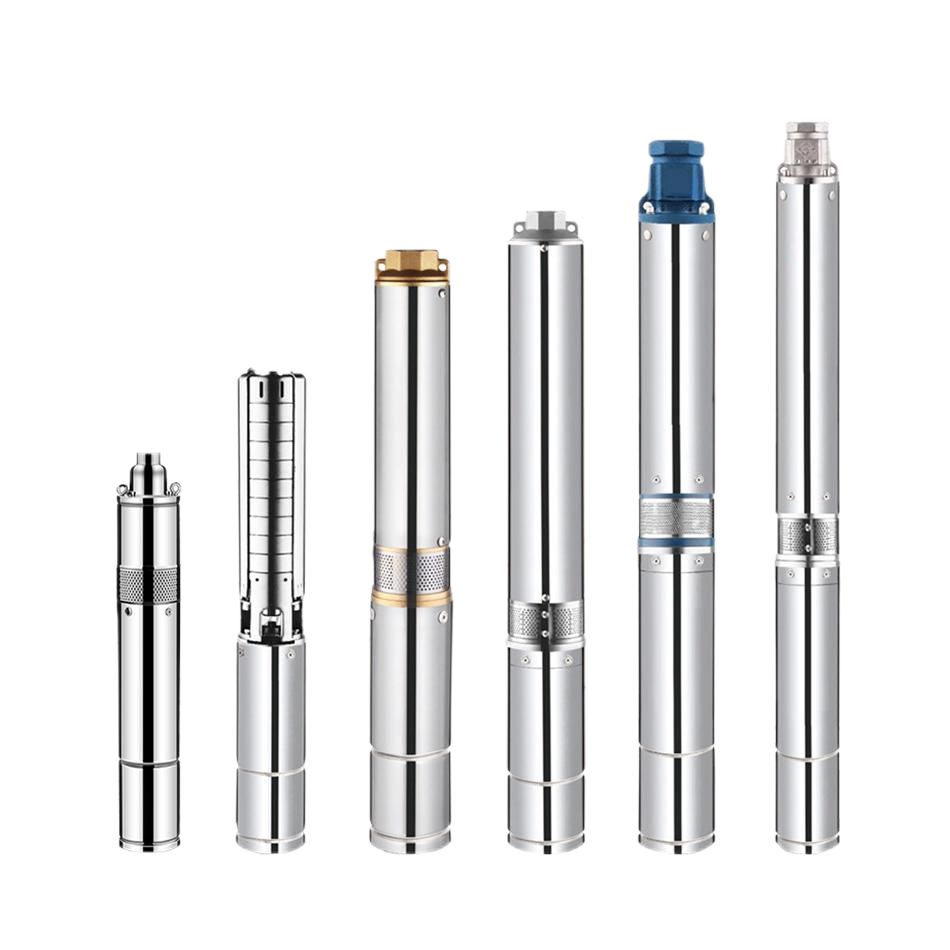A fire pump is a component that increases the water pressure for use in a fixed-place fire suppression system. Such systems include fire sprinklers, standpipes, and foam systems. The fire pump is typically a small unit and is typically located in an area that requires a lot of water to combat a fire.
A fire pump controls the flow of fluid through the system and is controlled by pressure sensors. These devices detect changes in pressure, and activate the pump. They can be operated by a diesel engine or an electric motor. Unlike older systems, modern pumps use electronic pressure transducers that communicate with a computer or an operator interface. The owner of the system can set the "ON" and "OFF" settings to turn the pump on and off when needed.
NFPA 20, UL, and FM standards establish the basic requirements for fire pumps. Fire pumps must meet these requirements, and each pump must be factory-tested before shipping. A factory-certified test curve will help ensure sizing. For more information on fire pump sizing, consult the National Fire Protection Association and the International Building Code.
Fire pumps are essential in putting out fires and cooling down a burning rig. They provide water pressure to the water supply system to ensure that it can put out the flames. Fire pumps can be powered by diesel engines, electric motors, or steam. They are usually installed near the water supply, and are connected to a local water source.
Fire pumps can be powered by diesel engines, electrical motors, and steam turbines. Electric motors are the most common and have lower maintenance costs than their mechanical counterparts. They also require less inspection and maintenance than other types of pumps. However, they are rendered useless if there is a power failure. In these cases, it may be necessary to install backup generators.
A fire pump is an essential component for any fire sprinkler system. It can save both water and energy, and can help bridge the gap in a water supply system. They can also reduce the impact of pollution. Fire pumps are available for commercial and industrial applications. The requirements for installing and inspecting them are laid down in NFPA 20 and 25.
Fire pumps are critical components of many water-based fire protection systems. They are especially critical in high-rise buildings, where the water pressure is too low to adequately fight a fire. Without them, fire fighting becomes extremely dangerous and lives can be lost. When installed by a professional, fire pumps are an integral part of a building's fire protection system.


 English
English عربى
عربى
 Fire Pump and System
Fire Pump and System Split Case Pump
Split Case Pump Engine and Pump
Engine and Pump Long Shaft Pump
Long Shaft Pump Multistage pump
Multistage pump Water Supplier System
Water Supplier System Sewage Pump
Sewage Pump Industrial Pump
Industrial Pump Self-Priming Pump
Self-Priming Pump Inline Pump
Inline Pump Domestic Pump
Domestic Pump Electric Motor
Electric Motor Borehole Pump
Borehole Pump







